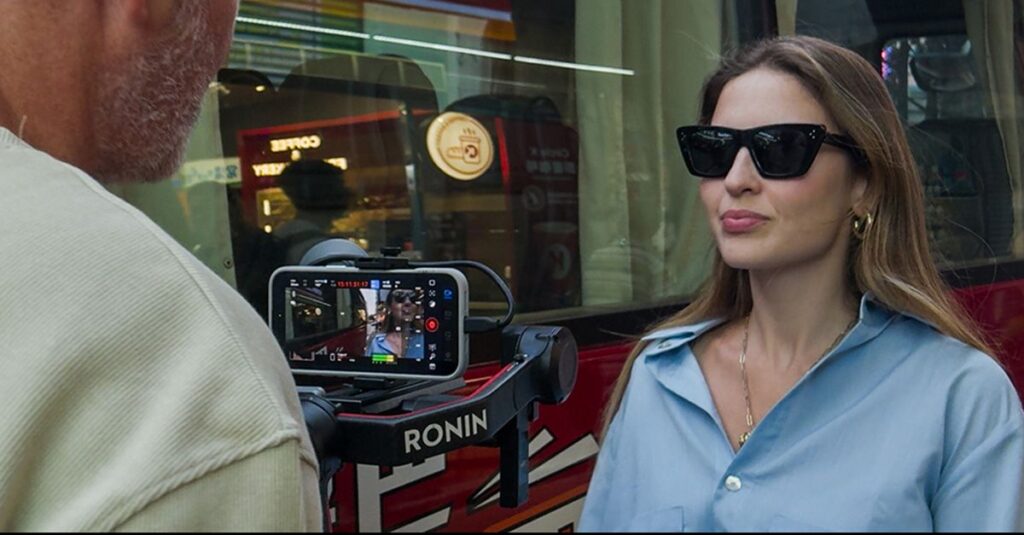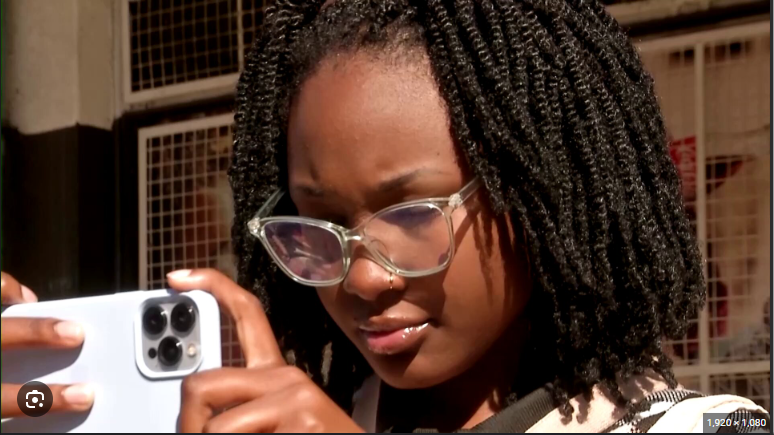Welcome to The Mobile Filmmaking Revolution, your weekly deep dive into how pocket-sized gear, AI wizardry, and real-world storytellers are reshaping the art of moving pictures. Every Monday and Thursday, we’ll spotlight the latest breakthroughs in sensor tech and editing algorithms, unpack how AI is becoming your new best assistant on set, and celebrate the gritty, soulful tales captured by filmmakers wielding nothing more than a smartphone. Think of this as your go-to newsletter for inspiration, hands-on tips, and a dash of industry gossip—served with a side of “holy-cow, that was shot on a phone?” excitement. Strap in, grab your device, and let’s redefine what it means to make movies—one frame at a time.
Sensor Wars: Snapdragon’s 200MP Breakthrough
Qualcomm’s upcoming Snapdragon 8 Elite 2 Ultra is rumored to debut a 200 MP, 1‑inch-class sensor—think cinema-level light gathering in a phone chassis. This sensor boost will enhance low-light performance, widen dynamic range, and deepen color detail. Filmmakers will be able to record ProRes-grade footage without relying on rigs or external recorders—redefining “pro gear” for mobile storytellers.

AI Takes the Director’s Chair: Google Flow
Cue Flow: Google’s new AI video editor that blends scene generation, editing, and camera control under one roof. Using advanced AI models—Veo, Imagen, Gemini—Flow enables creators to shoot, generate assets, tweak angles. Google as also announced Flow TV which allows users to create a channel and show the prompts behind each clip. This transparency fosters learning and community. With 100 monthly generations on AI Pro, and more on Ultra, Flow is primed to revolutionize solo and mobile filmmakers faster than ever before.

Storytelling from the Streets: Shumirai Rwazemba
Beyond tools and tech, the heart of filmmaking lies in stories. Zimbabwean videographer Shumirai Rwazemba, 24, is capturing “everyday heroism of working women” on the streets of Harare using just her phone. Her footage—an intimate celebration of resilience and solidarity—offers emotional depth that expensive gear simply can’t buy. It’s a reminder: storytelling lives in our surroundings, not our kit.

There is tons going on in the industry right now!! Between cinematic sensors, generative AI, and grassroots storytelling from Harare to Harlem, the landscape ahead is rich with possibility. The question isn’t if mobile filmmaking is for you—it’s what you’ll shoot next.

